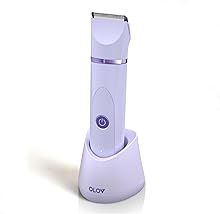
How AI Is Cracking A Hard Problem - Giving Computers A Sense Of Smell
NDTV
Today, smartphones in most peoples pockets provide impressive built-in capabilities based on the sciences of sound and light: voice assistants, facial recognition and photo enhancement. The science of odor does not offer anything comparable.
Over 100 years ago, Alexander Graham Bell asked the readers of National Geographic to do something bold and fresh – “to found a new science.” He pointed out that sciences based on the measurements of sound and light already existed. But there was no science of odor. Bell asked his readers to “measure a smell.”
Today, smartphones in most people's pockets provide impressive built-in capabilities based on the sciences of sound and light: voice assistants, facial recognition and photo enhancement. The science of odor does not offer anything comparable. But that situation is changing, as advances in machine olfaction, also called “digitized smell,” are finally answering Bell's call to action.
Research on machine olfaction faces a formidable challenge due to the complexity of the human sense of smell. Whereas human vision mainly relies on receptor cells in the retina – rods and three types of cones – smell is experienced through about 400 types of receptor cells in the nose.





















 Run 3 Space | Play Space Running Game
Run 3 Space | Play Space Running Game Traffic Jam 3D | Online Racing Game
Traffic Jam 3D | Online Racing Game Duck Hunt | Play Old Classic Game
Duck Hunt | Play Old Classic Game